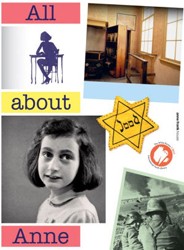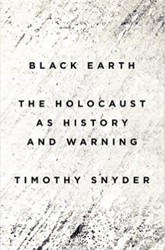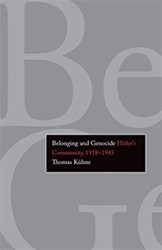Renia Spiegel was a fourteen-year-old girl living in Przemyśl, Poland when she began writing in her diary in January 1939. Over the course of the next three and a half years, she filled most of its pages with the dramatic fluctuations of teenage relationships: the fleeting crushes, the tumultuous friendships, the first love and its varying shades of passion. Had Renia passed through these stages into adulthood and middle age, into the joys and complications that those life stages bring, the passions of her youth might have taken their rightful place among the memories she would recall in later years with nostalgic amusement. Instead, the diary is a lens into a life cut tragically short, and because the experience of her youth was all she had, her teenage angst takes on a poignancy it otherwise wouldn’t have.
In her later entries, as she approached her eighteenth birthday, Renia’s day-to-day anecdotes gradually became intertwined with the encroaching horror that ended so many lives, including hers. “They are closing our quarter…they are moving people out of town; there are persecutions, unlawfulness. And on top of that — there’s spring, kisses, sweet caresses, which make me forget about the whole world.” From that entry on March 25, 1942, her fear escalated. On June 19, “they were taking people away all night long.” On June 23, a pogrom. On July 15 she was living in the ghetto, terrified for her life and pining for Zygmunt, her love, and ultimately the diary’s savior.
As extraordinary as Renia’s unfolding (and now historical) narrative is, hers is also a story within a story. Renia did not survive the war, but the pages that offered a glimpse into her short life miraculously did. Holocaust historian Deborah E. Lipstadt provides an introduction that contextualizes Renia’s diary among the many that survived the horrors of war. The diary starts and ends with commentary from Renia’s sister, Elizabeth Bellak. Through Elizabeth’s accompanying narration, we learn that the diary made its way from a young Polish girl’s room to a safe deposit bank in New York, where it sat for decades before landing into the hands of more readers than Renia ever intended. We learn that this written expression of a young girl’s inner life was so powerful that it moved her boyfriend to guard and protect it, even as he was trying to survive the war himself. And because he was able to preserve the diary, he also saved the memory of Renia.
Ada Brunstein is the Head of Reference at a university press.




